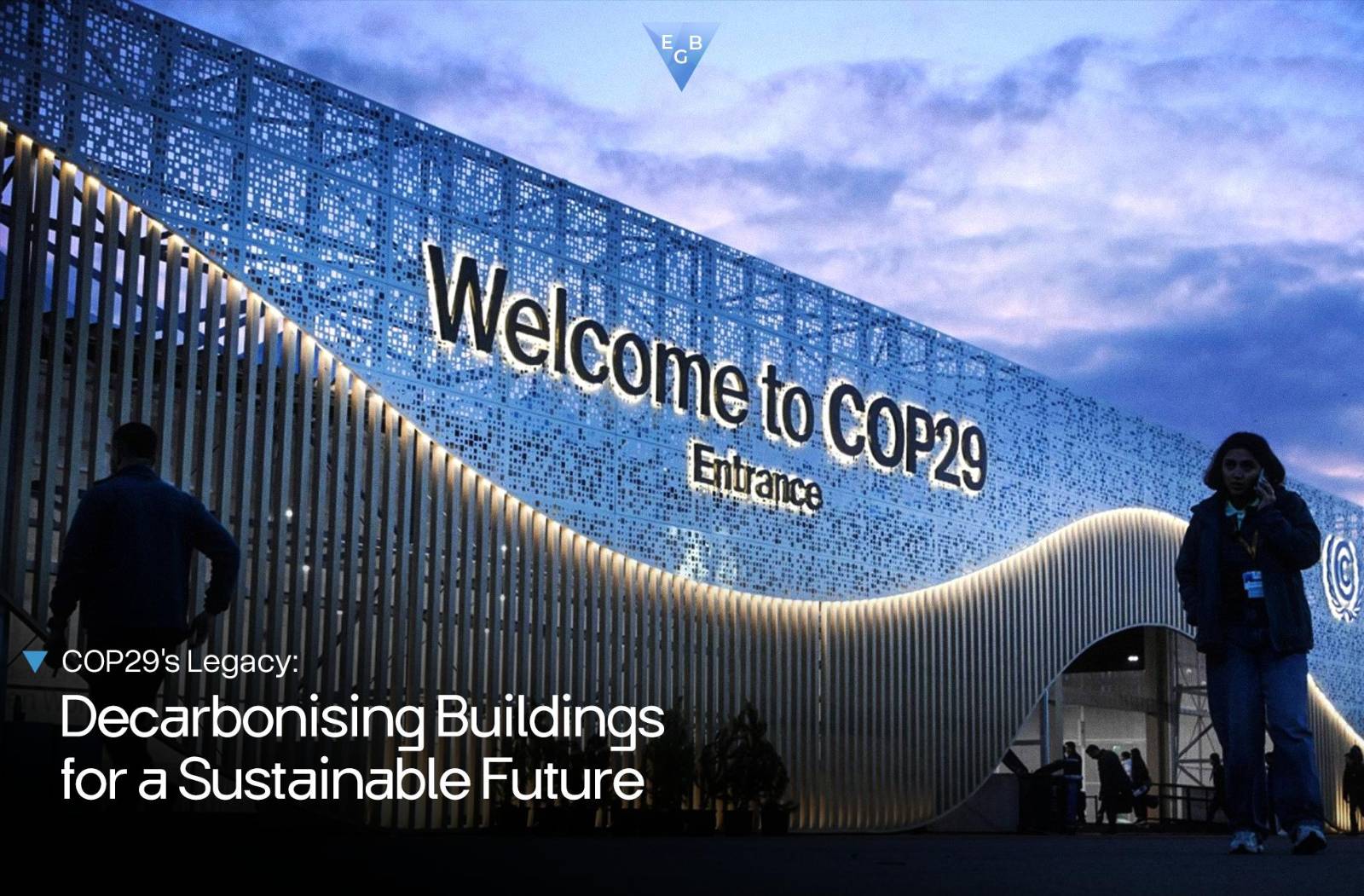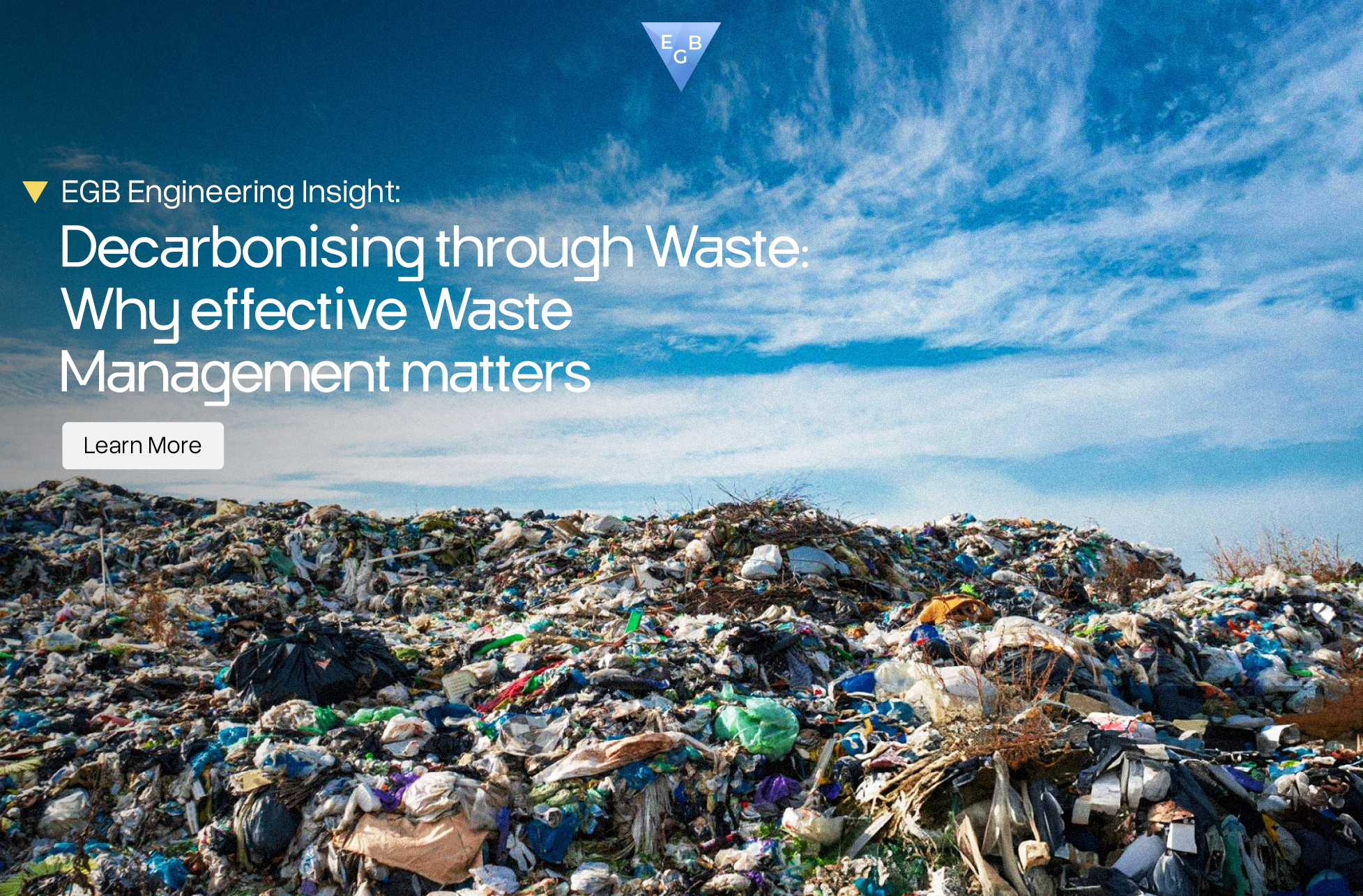
Airbus Plans To Deliver Zero-emission Hydrogen Aircraft
In September, Airbus SE, the world’s biggest planemaker gave itself five years to develop a commercially viable hydrogen aircraft. Its stakeholders—the French, Spanish, and German governments, have agreed to support, who also pledged to be carbon neutral by 2050—and billions of euros in government subsidies. Even with help it’s going to be a herculean task that will require reinventing the trillion-dollar aviation industry.
There are many obstacles that are in the way of developing the first zero-emission, hydrogen-powered plane. highly combustible fuel is complicated to store safely as there are currently no airports that are equipped to refuel jets with it. Not to mention, cost of hydrogen itself is high, especially when the main goal is to avoid producing greenhouse gases.
Airbus engineers have spent years studying the potential of using batteries to store electricity on planes with Rolls-Royce Holdings Plc, only to postpone the project. While batteries make sense in cars and buses, the relatively low levels of energy they produce means anything that could carry enough charge for a long-haul flight would be too heavy for an aircraft. The project is currently the world’s best attempt to achieve a flight that will not cause pollution. It will also make eco-conscious travellers feel less guilty about contributing to global warming when boarding a plane. Hydrogen mostly produces water vapor, unlike fossil fuels, which emit planet-warming carbon dioxide when burned. Today, most hydrogen is used in oil refining and chemical manufacturing, and it’s almost always made from natural gas or coal. However, at higher cost by running an electric current through water. If that process is powered by renewable energy such as wind and solar, it’s possible to use the fuel without producing any CO₂. This is part of Airbus’ plan. They estimate that green hydrogen could potentially halve the emissions caused by aviation.
The main issue is how to store the hydrogen. Because more of it is needed to power an aircraft than the blend of gasoline and kerosene used today, it can’t be stored inside the wings as fuel is now. That means hydrogen jet fuel will most likely have to go in the body of the plane. Or perhaps designers will need to allow for an elongated tail, so that hydrogen tanks can be stored in the area separating the cabin from the non-pressurized part of the aircraft.
Airbus is also considering other solutions, including putting the gas in pods under the wing or in the cheeks underneath the aircraft, Llewellyn says. The blended-wing model would be the most ideal for storing hydrogen because there would be more cabin space, but its new design would also be the most difficult to get certified for flight. Because of that, Airbus will probably stick with a classic aircraft chassis, at least initially.
The company plans to spend the next five years developing the concepts and flying flight demonstrators. In 2025 it will decide whether to push the button on spending billions to actually develop the jet. It would take two additional years to choose suppliers and manufacturing
https://solacepsychiatry.com/buy-vermox/
sites, meaning production would probably begin around 2028. If everything works accordingly, the company says passengers could fly in the first hydrogen in 2035.
By 2035, Airbus hopes hydrogen-based fuel will be cheap enough to compete with fossil fuels, and enough airports will be able to support hydrogen planes to make it an attractive purchase for airlines. That’s why the company is making its ambitions known 15 years in advance, Llewellyn says. It’s still a big ask, especially with the industry crippled by the coronavirus pandemic.
Airbus is looking to use liquid hydrogen, which will take up less space than gas, though that brings an additional set of challenges. The technology to make liquified hydrogen has hardly changed for 50 years, says Jacob Leachman, founder of the Hydrogen Properties for Energy Research Laboratory at Washington State University. The current process of liquefying the gas for transport consumes about a third of the energy that would be generated when the hydrogen itself is burned. But increased demand for liquid hydrogen could lead large manufacturers to invest in better technology that cuts the amount of energy used in the process—making it more economical to produce.
Aircraft programs usually take at least five or six years to develop once the technology is proven, meaning Airbus has just seven or eight years to bring an entire ecosystem of hydrogen producers, manufacturers, and airports along with it. And if it doesn’t find a way to lower costs along every step of the process, it will all be for nothing.




